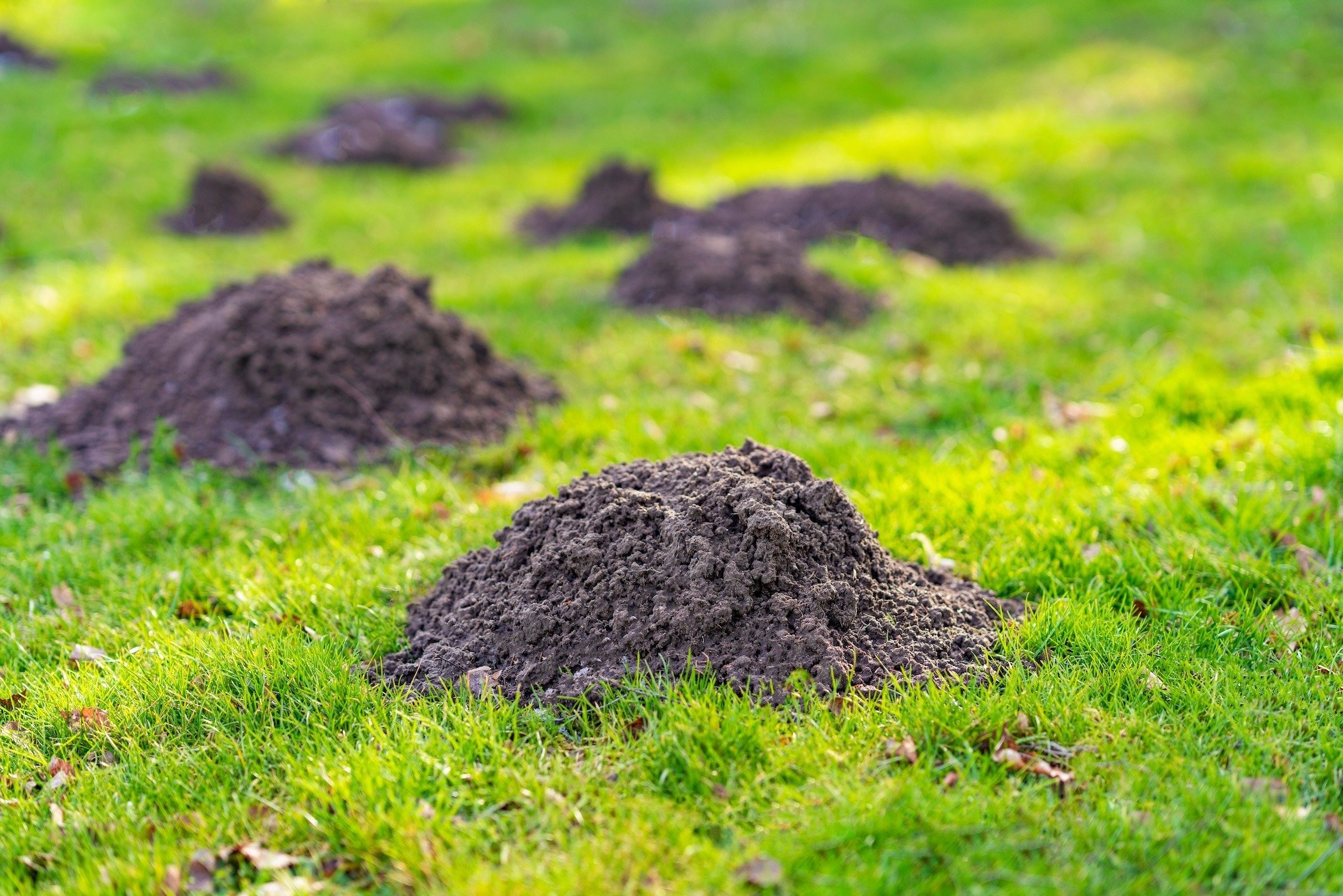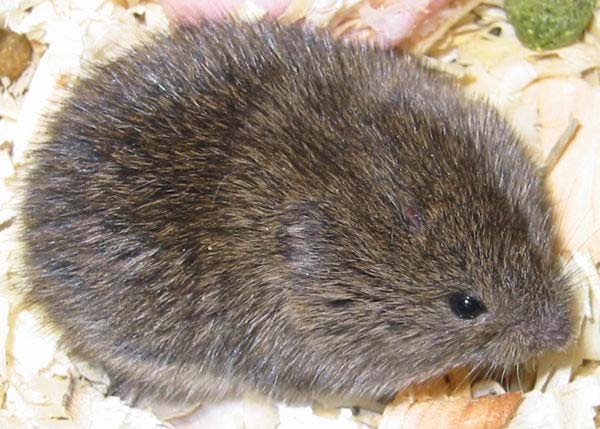Protect Your Yard: Vole Control Tips for Lush Landscapes
Protect Your Yard: Vole Control Tips for Lush Landscapes
Blog Article
The Ultimate Manual for Vole Parasite Control: Professional Tips on Invasion Management and Therapy
Within the world of bug control, vole invasions provide a distinct challenge that requires a critical technique. As we dig into the intricate globe of handling vole infestations, a wealth of specialist ideas and treatment options waits for those looking to recover their spaces from these relentless bugs.
Determining Vole Infestations
When evaluating for vole infestations, eager observation of details signs such as runways and delve systems is vital for precise identification. Voles, tiny rodents appearing like mice, are recognized for the substantial network of surface paths they create in yard or mulch. These paths usually have a width of concerning two inches and are maintained clear of debris by the voles' constant use. Additionally, vole burrow systems are one more key indication of infestation. These delve entrances are about 1.5 inches in diameter and cause shallow passages that house nests and provide defense for the voles.

Avoidance Strategies for Voles
Effective avoidance strategies for vole problems involve carrying out positive actions to prevent these small rats from causing damages to exterior areas. Additionally, on a regular basis mowing the yard and keeping yard trimmed short can prevent voles from developing nests.

Moreover, keeping a well-kept garden with appropriate spacing in between plants can help reduce vole-friendly habitats. Prevent overwatering your yard or yard beds, as voles are drawn in to damp settings. By applying these prevention methods, you can properly hinder voles and protect your outside rooms from infestations.
Effective Trapping Techniques
Implementing strategic trapping methods is vital in successfully handling vole populations and lessening damage to outdoor spaces. When establishing catches for voles, it is vital to place them in energetic paths or delve entries. Voles are recognized to comply with certain pathways continuously, making these prime locations for trapping success. One reliable capturing technique is the use of breeze traps, which are designed to quickly and humanely eliminate voles upon activation. These traps should be examined consistently and reset as required to ensure continual vole control. Furthermore, live traps can be made use of for those who favor to release voles elsewhere after capture. When utilizing live catches, it is very important to transfer the caught voles much from the trapping website to avoid their return. By employing a mix of breeze traps and live catches tactically, home owners can properly decrease vole populations and secure their outdoor rooms from further damages.
Natural and Chemical Treatment Options
To successfully take care of vole populations and reduce damage in outdoor environments, exploring chemical and natural treatment choices is necessary. All-natural therapies offer environmentally friendly options that can aid regulate vole infestations without causing harm to other wildlife or plants. Planting vole-resistant plants like daffodils, fritillaries, or crown imperials can prevent voles from attacking yards or gardens. Additionally, creating barriers with materials such as gravel or cable mesh can limit vole access to prone locations.
Rodenticides consisting of zinc phosphide or anticoagulants like bromadiolone can be purposefully placed in vole paths or burrow entryways. By incorporating chemical and natural treatment options sensibly, vole problems can be managed successfully while minimizing environmental effect.
Maintaining a Vole-Free Atmosphere

Executing all-natural vole view it repellents like castor oil-based items or predator pee can also aid in preventing voles from attacking your home. These repellents function by developing an unfavorable setting for voles, encouraging them to seek sanctuary elsewhere. By integrating these safety nets and preserving a cautious method to vole control, you can why not check here create a vole-free setting that inhibits invasions and advertises long-lasting insect monitoring success.
Conclusion
Finally, effective vole bug control calls for a combination of identifying infestations, carrying out prevention methods, making use of effective capturing methods, and considering natural or chemical treatment options. By maintaining find out here a vole-free atmosphere with these techniques, home owners can efficiently minimize and take care of vole populaces on their residential property - vole control. It is very important to continually check for signs of invasion and take aggressive measures to stop future vole troubles
By properly determining vole problems early on, appropriate parasite control steps can be applied without delay to alleviate prospective damages to gardens, plants, and grass.
Having developed approaches to deal with vole problems with all-natural and chemical therapies, the emphasis currently changes to keeping a vole-free atmosphere for long-lasting parasite control.Applying all-natural vole repellents like castor oil-based products or predator pee can additionally aid in hindering voles from attacking your building. By incorporating these precautionary actions and keeping an alert method to vole control, you can develop a vole-free environment that inhibits invasions and promotes long-lasting bug administration success.
In final thought, effective vole bug control requires a mix of recognizing problems, carrying out prevention strategies, making use of effective capturing methods, and thinking about natural or chemical therapy options.
Report this page